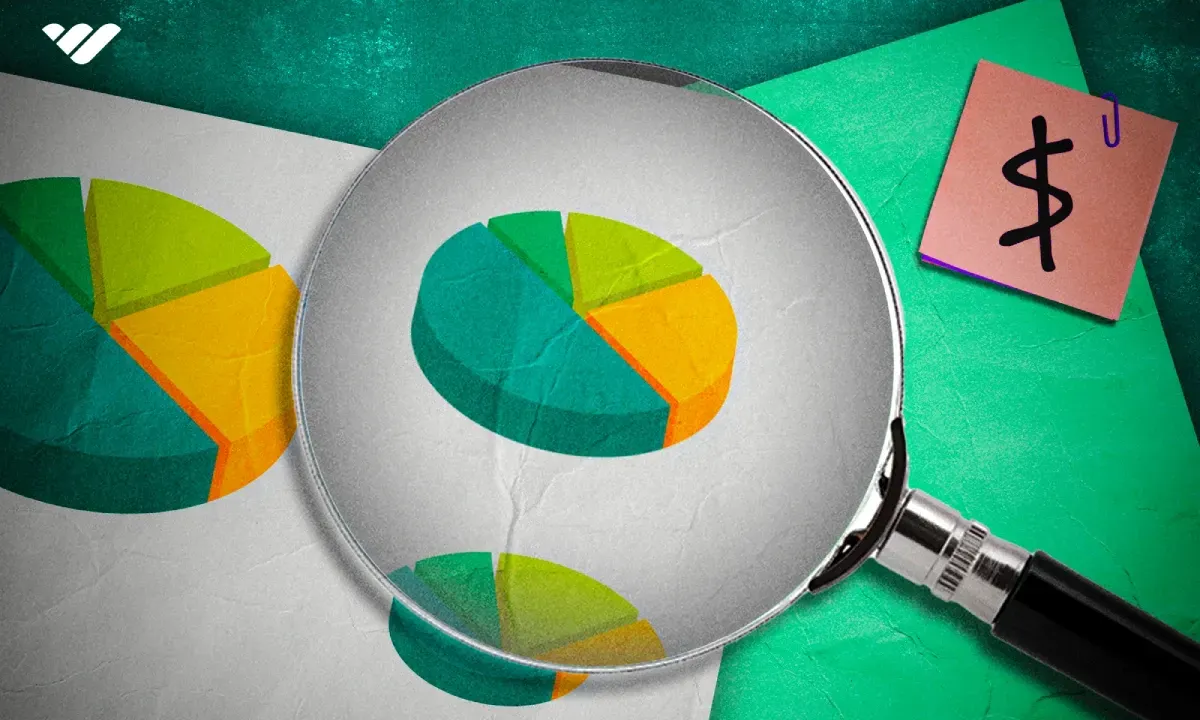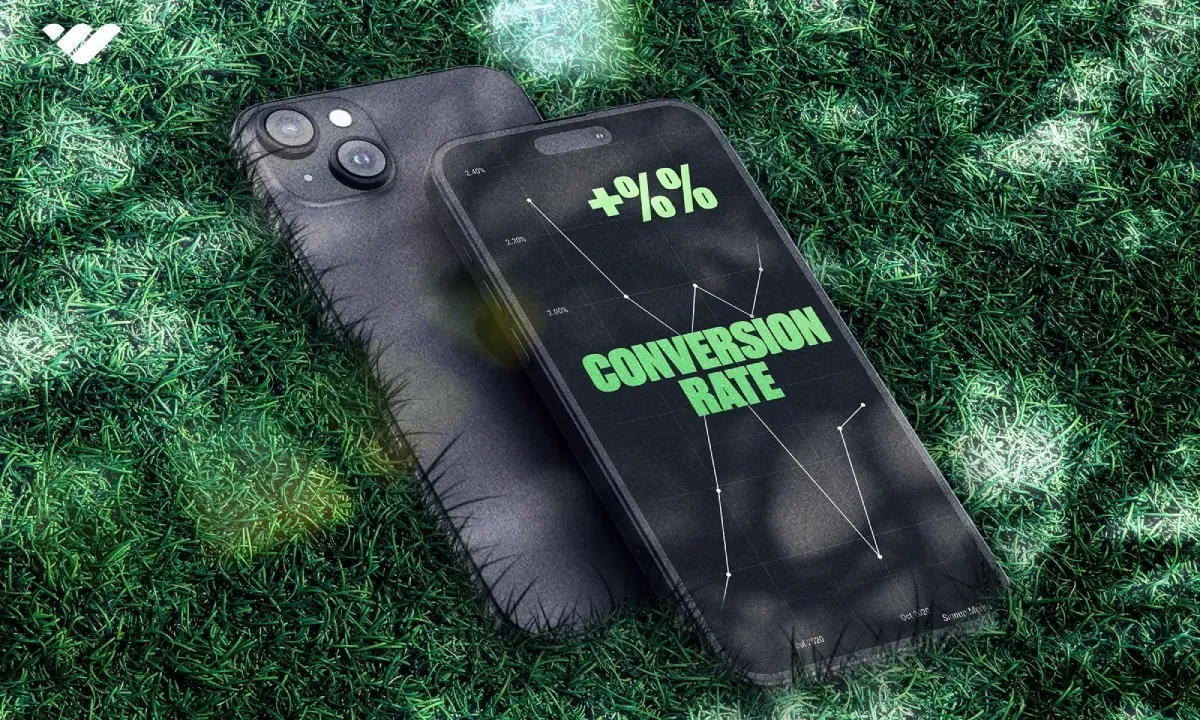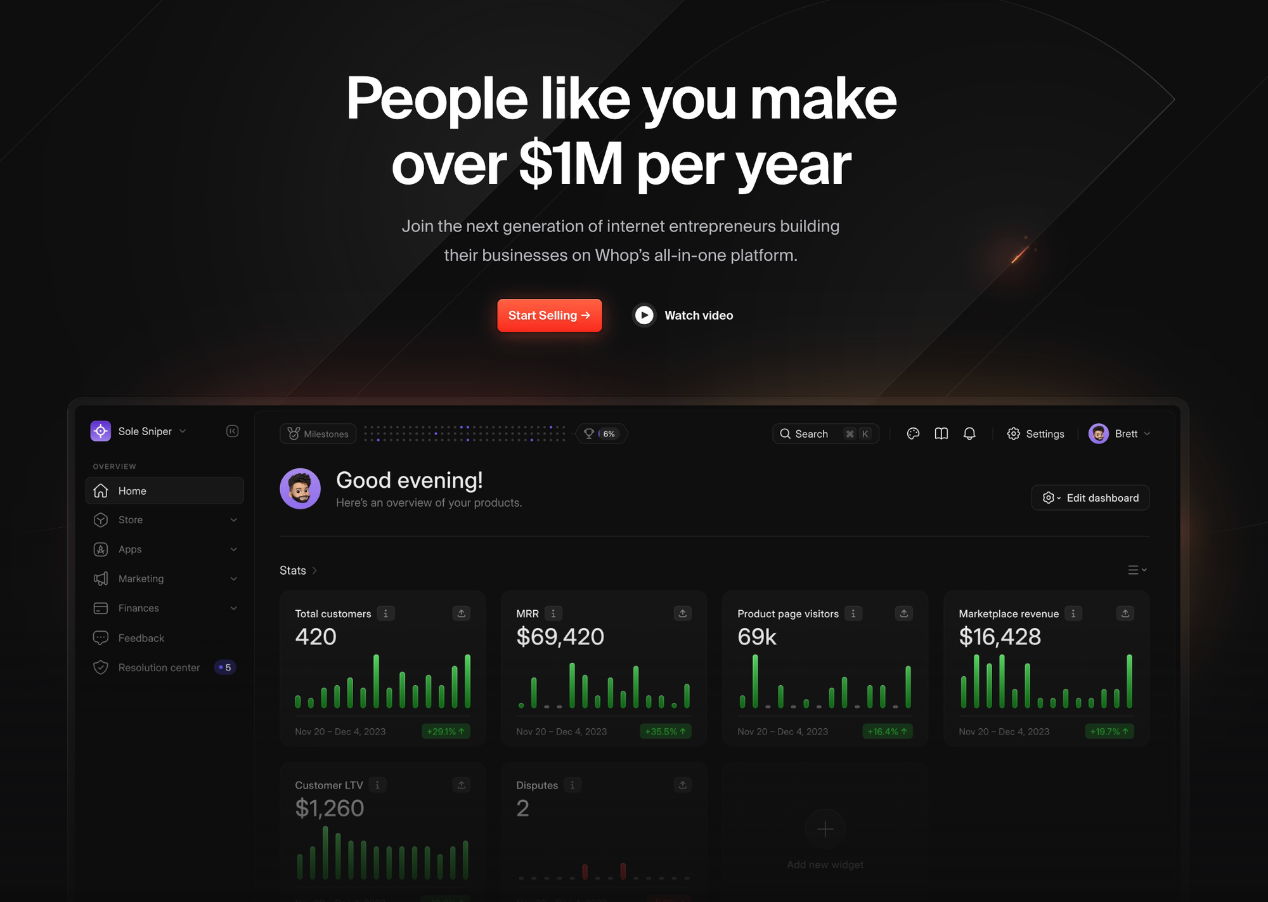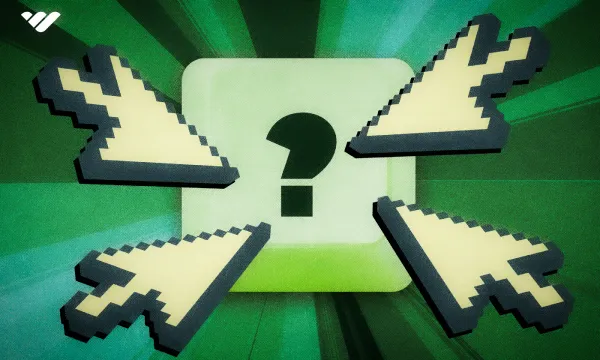For SaaS businesses, the cost to acquire a customer, or CAC, can be high. The goal of every traditional software business is to recoup that cost and bring in revenue when they make a sale. A SaaS business running on a subscription revenue model might not even recover a customer’s acquisition cost for some time, let alone bring in revenue. That’s why it’s so important for SaaS business owners to make sure that the customers you’ve acquired stick with you for as long as possible and get the full value from your product.
Well-known metrics like customer retention and churn can help you see the rates at which customers you’ve acquired are dropping off. But how can you go more in-depth to see what’s going wrong? And crucially, how can you measure the extent to which your customers are moving from being interested to being fully bought into your product?
One metric that can be critical for success is your activation rate.
What is Activation Rate? 🤷♂️

A common issue among SaaS providers is that customers are signing up for a free trial of the product, but they’re not going on to pay for the product when the trial expires. Or perhaps they’re signing up, but never properly taking advantage of the software and therefore losing interest.
To address this, we turn to the activation rate, a SaaS metric that measures the rate at which users reach certain defined milestones or acquisition points, indicating their commitment to the product.
Typically, these milestones are key points at which users become truly committed to the product or begin fully taking advantage of its functionalities.
Knowing an activation rate for a user group, feature, or product isn’t just about spotting where things are going wrong. It’s also an important measure of success. What’s more, it’s a predictor of how things might go for your business in the future. If you’ve had a huge increase in acquired customers, your activation rate can help you to estimate what they might do next and how many fully bought-in customers you can expect next month. During periods of rapid expansion for a business, that kind of intel can be crucial.
Ultimately, no matter whether your activation rate is high or low, it’s a metric many businesses can’t afford to overlook. In this guide, we’ll discuss exactly how you can measure your activation rate and how you can improve it.
How to Measure Activation Rate 🧮
Let’s start with the basics. Like many SaaS metrics, activation rate is measured through a simple formula, with the result presented as a percentage:
Activation rate = Number of completed milestones / Number of new users
That being said, there’s a little more complexity to activation rate than some other metrics.
In order to know your activation rate, you need to know two things – your number of new users and number of completed milestones. The number of new users isn’t really a matter of opinion, so that’s easy to find.
The complexity in activation rate comes from the activation points or milestones you decide on. There’s no hard and fast rule for how to choose these, so it takes some thinking to decide on them.
Choosing activation points
Since every business has different key milestones, activation points are specific to each business, product, and even user persona. They also might depend on what stage of growth your business is in and whether you’re B2B or B2C.
If you’re not sure what an activation point should be, it might help to think of your customer’s “aha!” moment. In that moment, what value is your customer seeing in your software? What is making them decide that yes, this product is important and worthwhile? Your activation point could be the point at which your user is locked in or committed to that usage or value.
You may have multiple activation points per user persona or product. These often follow increasing steps of commitment from the user, culminating in a final activation milestone. You might not be surprised to hear, then, that activation points often occur at the point at which a lead converts into a customer or shortly after, when a customer is exploring your software and deciding how they feel about it.
An activation point can be:
- the point at which your user fully completes their setup
- the point at which they transition from free trial to paid user or from freemium to premium user
- the point at which they first use the product in a key or essential manner
- the point at which they adopt the highest-level feature of a product, rather than an introductory feature
- or many other moments, depending on the nature of your business.
You may also want to identify different activation points for different personas, or user groups who are using your product in different ways. It all depends on what your customers need to be doing in order to find your product essential and valuable to them.
What should your activation rate be?
Estimates of ideal activation rate vary greatly, for obvious reasons. Activation points can vary so much that it’s not always practical to compare activation rates of one business to the other.
However, in general, an activation rate of around 30% to 40% is often considered desirable.
Keeping track of activation rate
So how do you track activation rate among all the other important metrics needed to monitor your SaaS business?
While spreadsheets are always a reliable tool, they can be time-consuming, especially for a busy business owner with lots to do. You might want to look for software offering a dashboard that can let you watch your metrics effortlessly in real-time.
For example, the Whop dashboard shows a wide variety of metrics as well as offering enterprise-level tools. It even integrates with other tools like Google Analytics to ensure you have your finger on the pulse of everything that’s going on with your SaaS venture. In short, Whop is here to put you in control and save you time while you’re running your SaaS business. Sign up and try it out today!
Why Does Activation Rate Matter? 🤔
As we’ve mentioned, success in SaaS is about thinking in the long term. After your expenditure to acquire customers, you need to keep them engaged and happy for as long as possible.
While retention rate tells you in broad strokes how many customers are staying with you, activation rate gives you more detail in a specific area. It helps you know how you’re doing in terms of turning maybe-users into locked-in users. That plays an important part in retaining customers and in ensuring they’re satisfied.
If you’re experiencing high churn, activation rate can help you identify what’s going on. If customers are falling off before meeting activation points, that’s a different problem than having customers who are fully activated and then decide to cancel their membership.
Of course, even if your activation rates are high, it’s always worth thinking about how they could be higher.
Activation rate is also great to look at together with Time to Value, or TTV. The formula for TTV is:
Date (or Time) of Final Activation Milestone - Date (or Time) of Initial Sign-Up
In short, it’s how long it takes a user to reach the final activation point.
With these two metrics together, you can have a fuller idea of how exactly your users are moving through the funnel toward activation.
Improving Activation Rate 📈
Now that you know how important activation rate is, you might be wondering how you can improve it.
Since activation points can vary, there’s no single answer to this question. However, in general, improving activation rate is all about putting yourself in your customer’s shoes and truly understanding each user persona. You have to ask yourself what’s stopping your user from buying into the promise of your product at that key moment. Here are some possible reasons they’re not:
- They don’t realize that the feature is available
- They don’t see or feel the value of your software – they haven’t reached their “aha!” moment
- They don’t know what they’re supposed to do next
- The interface is intimidating or just a lot to take in
Let’s look at two main approaches you can take, depending on what stage of the funnel your activation point is at.
Converting from free trial to paid customer

If your users aren’t reaching this activation point, you need to look at their free trial experience. What’s preventing them from buying in to your product? Is it that they don’t see the value in the software, or is the cost just too high? Or are they just forgetting about you?
In this case, it may be worth doing some A/B testing. Consider trying a lower signup price to see whether cost is the issue. Alternatively, look at their feature adoption during the free trial. Are they using the software to its full potential?
Don’t forget that you can always simply ask users how they feel with a survey. You could end up with some valuable insights.
Moving from signed-up user to fully bought-in user
At this point, your customer is venturing into your digital space and seeing what’s available.
It’s important here to remember that simplicity and ease of use is key on the web. There’s a reason why features like bullet point lists and subheadings are encouraged in writing for the web. It’s because people tend to skim and want to get information fast.
Take this mindset and apply it to your user interface. When a brand-new user first sees your interface, do they know what to do next?
When you’ve created a user interface, it’s easy to feel that everything about it is intuitive. It’s more difficult to look at it with fresh eyes and imagine how a brand-new user would feel.
Google Analytics and similar tools can help here. They can show you how a user is interacting with a page, what they’re clicking on and what they’re ignoring. Perhaps they’re simply not scrolling down and therefore they’re missing information.
To help a new user know what to do and hit all of those activation points, gentle and simple automated prompts can be very helpful. Nobody wants to be deluged with information, but a simple signpost to the next step can be very reassuring and make the journey through key activation points a breeze.
You also want to remove any annoying points of friction. If there are fields that users need to fill out, consider whether you can remove any or change them from being required to being optional. Make it as painless as possible for a new user to sail through their onboarding process and reach that key moment of getting the most out of the software.
Even after onboarding, prompts can still be helpful in reminding a user that there are more advanced features they could unlock.
Plenty of SaaS metrics in the Sea 🌊
If you’re an entrepreneur bootstrapping a SaaS business, you’ll be aiming for dramatic growth. If you’re not seeing that, metrics like activation rate can tell you why.
What if your business is booming just as you’d hoped? Then metrics are even more important as you balance the needs of a dramatically increasing customer base and carefully manage your cash flow.
Activation Rate isn't the only SaaS metric that you should track. Understanding and monitoring a broader set of metrics can help you make informed decisions and ultimately drive your business forward.
To get started, read our guide to essential SaaS metrics. From Customer Acquisition Cost (CAC) to Months to Recover CAC, these metrics can help you unlock your SaaS business's true potential.
Accelerate Your Success with Whop!

Ready to transform your SaaS metrics and skyrocket your activation rates?
Whop can be your growth partner, offering an all-in-one solution for SaaS entrepreneurs eager to scale their businesses. Using our online marketplace, you can reach a wider customer base. Join our growing community of successful entrepreneurs making over $1M per year.
Whether it's SaaS products, exclusive access to paid communities, reselling guides or digital books (ebooks), Whop provides the tools, analytics, and support you need to excel. Unlike some online marketplaces that impose substantial commission fees or lack transparency, Whop stands out with its industry-leading, straightforward fee structure - just 3% fee per sale and no signup fees.
Building your Whop store takes less than 10 minutes. Sign up today and watch your activation rates soar.



![The Best SaaS Subscription Management Software [2024]](/blog/content/images/size/w600/2023/11/SaaS-management.webp)

